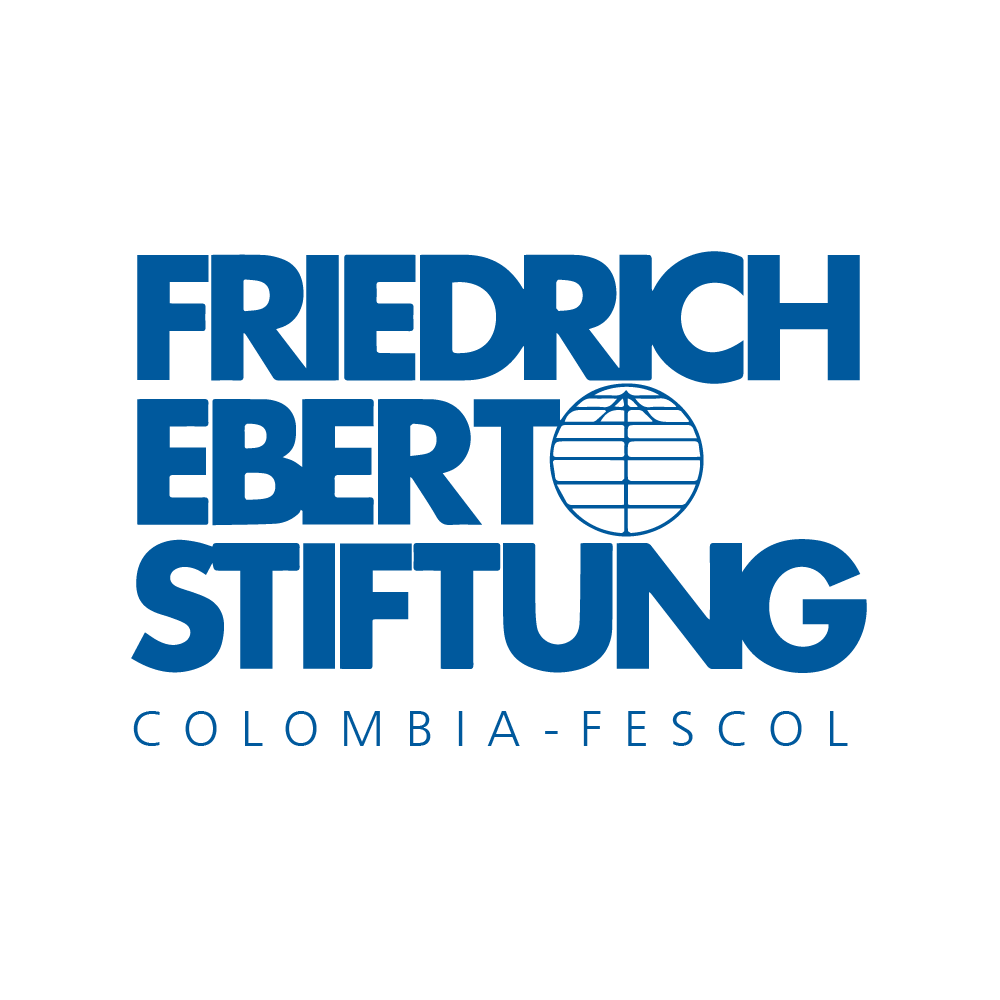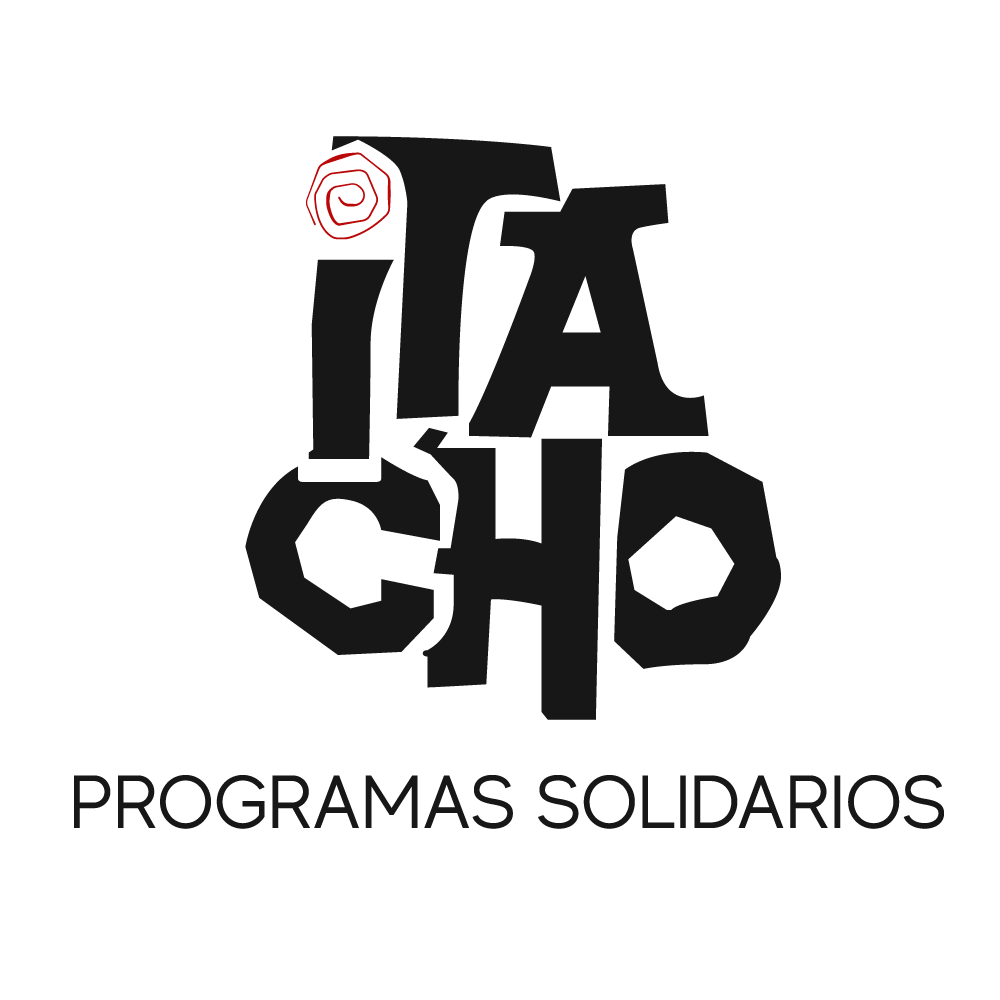“Today it is as if we were back in the time of war: we have to watch out for ourselves, we have to stay in places until certain hours and look for security schemes because we cannot be alone”.
Those words, loaded with anguish and disappointment, are from Carlos Grajales, who went from having a rifle slung over his shoulder to presiding over La Roja craft brewery, one of the most recognized productive projects of the 13,000 former FARC members who laid down their arms between the end of 2016 and the beginning of 2017.
That feeling is not a matter of perception, exaggeration or schizophrenia. In practice, since 2017 not a month goes by without news of the murder of a former FARC combatant, signatories of the Peace Agreement with the Colombian State five years ago.
The records of the FARC component of the National Council for Reincorporation are conclusive: as of October 22, of this year, 290 murders, 53 attacks and 15 forced disappearances have been documented.
In the first two years after the signing of the pact, which took four years of negotiations in Havana, Cuba, 78 former combatants were murdered and one more was saved from a hired assassin attack. And under the presidency of Iván Duque (2018-2022) there have been 211 homicides and 46 attacks.
The most violent regions for the reincorporated members of the former FARC are in the southwest of the country. The list is headed by Cauca, with 52 murders; Nariño, with 33; and Caquetá, with 30. They are followed by Antioquia (29), Meta (25), Putumayo (22), Valle del Cauca (19), Northern of Santander (18) and Chocó (17).
The United Nations Verification Mission (UN) in Colombia has been in charge of constantly monitoring this situation in its quarterly reports submitted to the Security Council. It identified that in 2021 homicides against ex-combatants have been concentrated in 25 municipalities in the country and that security conditions have deteriorated in regions of the departments of Bolivar, Caquetá, Guaviare and Meta.
For its part, the Investigation and Indictment Unit of the Special Jurisdiction for Peace (JEP) has raised alarms about the violence suffered by demobilized FARC members in the municipalities of Tumaco (Nariño); Puerto Asís (Putumayo); San Vicente del Caguán (Caquetá); Cali (Valle del Cauca); Tibú (Norte de Santander); San José del Guaviare (Guaviare); Santander de Quilichao, Corinto, Miranda and Caloto (Cauca).
In addition to describing the situation in these municipalities as “critical”, the JEP has identified two main patterns of violence against the signatories of the Peace Accord. The first is related to the profile and the work carried out by the reincorporated persons, since those who lead the implementation of the so-called post-conflict policies are victims of attacks. This was pointed out in its Sixth Security Risk Monitoring Report: “This pattern demonstrates how the leadership positions assumed by some reincorporated persons during their transition to civilian life are related to the causes that produced their victimization”.
Thus, it is understood that “2 out of every 10 reincorporated persons who were killed were leaders in political issues, productive projects (representatives of cooperatives), substitution of illicit crops, etc.”.
The second pattern is related to territorial disputes and the actions of different armed groups. For the southwest of the country, a region to which the Investigation and Indictment Unit of the JEP dedicated a specific report as a result of the seriousness of the violence in Nariño, Cauca and Valle del Cauca, where 115 former combatants were killed between November 24, 2016 and August 13 of this year, established that there is a “pattern of lethal violence associated with the prevalence and dispute between FARC-EP dissidents in former rearguard areas of the Eastern Bloc, the Southern Bloc and the Joint Western Command.”
On the other hand, as of December 2020, 72 percent of the murders of ex-combatants occurred in rural areas and in municipalities where Development Programs with a Territorial Approach (PDET) are implemented. This is according to one of the reports of the United Nations Verification Mission in Colombia, on the events that occurred in the last quarter of last year.
In addition, the most recent report of that multilateral body presented at the end of September this year, documented that 22.8 percent of the murdered ex-combatants are from ethnic communities: 45 Afro-descendants and 23 indigenous people.
Since 2018, the murders of reincorporated members of the extinct FARC have maintained a similar trend, ranging between 65 and 78 cases per year. Jorge Mantilla, director of the Conflict Dynamics Area of the Ideas for Peace Foundation (FIP), explains that this phenomenon is due to a resurgence of violence in some regions of the country and that ex-combatants may be immersed in contexts of rearmament.
“This is also related to problems in the dynamics of reconciliation and economic reincorporation, in which, upon returning to their former territories, ex-combatants may face new recruitment dynamics, involved in organized or common criminal dynamics,” says this analyst.
And he adds: “They may find themselves in processes of settling scores. Above all, in a context where there is dissidence, it is very likely that repertoires of violence associated with retaliation and radicalization of dissident groups, which are identified as military targets, will be unleashed.
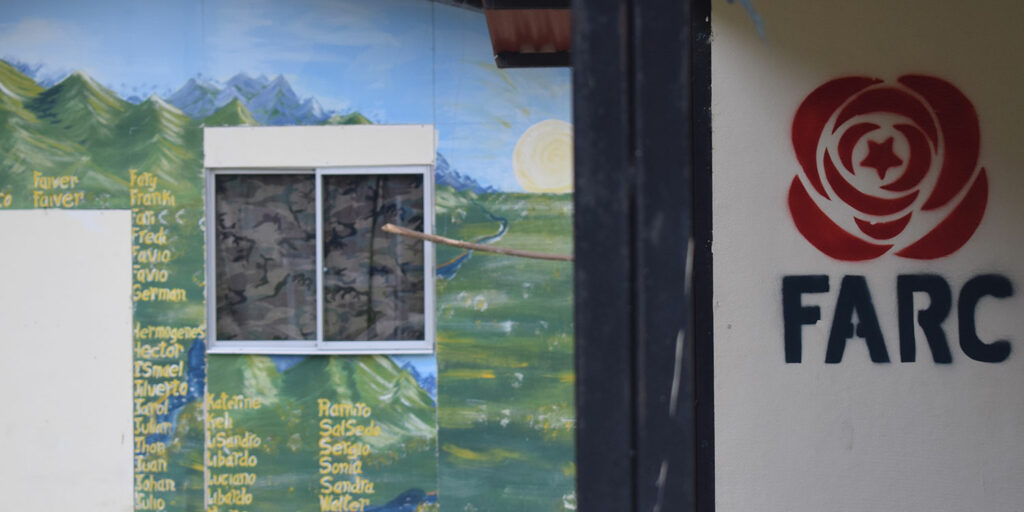
Isabela Sanroque was a member of the FARC’s Eastern Bloc for 12 years, participated in the negotiations in Havana and is currently in the process of reincorporation into civil society. From this background, she speaks of the impact of the assassinations of her comrades who have laid down their arms.
“For security reasons, they have had to move away from the territorial spaces -places suitable for their reincorporation and development of productive projects-. They have had to go in search of new horizons and it has become a collective struggle. This has some negative impacts, since the continuity of processes is lost, even if there have not been many advances,” she says with concern.
An example of this is the case of the Santa Lucía Territorial Space for Training and Reincorporation, located in Ituango, Antioquia, where 93 ex-combatants, together with their families, fled from the violence in July last year and relocated to Mutatá. (Read more in: Relocation of ex-combatants in Mutatá, a challenge for the national government).
The Peace Accord contemplated a set of security guarantees for former combatants and social leaders; however, the constant succession of murders shows that they are not sufficient or that they are not being implemented in an ideal manner.
The Kroc Institute of the University of Notre Dame, in charge of monitoring the implementation of the Havana Pact, states in its bimonthly report from May to June 2021 that 48 percent of the 140 measures contemplated in Point 3, referring to the end of the conflict, have been fulfilled, most of them related to the FARC’s process of laying down their weapons and the transition to civil society of those who bet on the peace process.
However, it drew attention to the situation of the Comprehensive Program for the Security and Protection of Communities and Organizations in the Territories, an instance created through Decree 660 of April 2018, with the purpose of “defining and adopting comprehensive protection measures for organizations in the territories, including social leaders, officers, representatives and activists of the social, popular, ethnic, women, gender, environmental, communal, LGBTI and human rights defenders”.
According to this norm, “the comprehensive security and protection measures adopted within the framework of this Program are aimed at preventing violations, protecting, respecting and guaranteeing the human rights to life, integrity, freedom and security of communities and organizations in the territories”.
According to the Kroc Institute’s analysis, this program has an insufficient budget for its implementation. To support this assertion, it cited the Human Rights Directorate of the Ministry of the Interior: “This Directorate indicated that, although in 2020 diagnoses were made, protocols were formalized and community peace promoters were trained, at the end of June, the search for resources with international cooperation continued, considering the decrease in the budget allocated for this year due to the pandemic”.
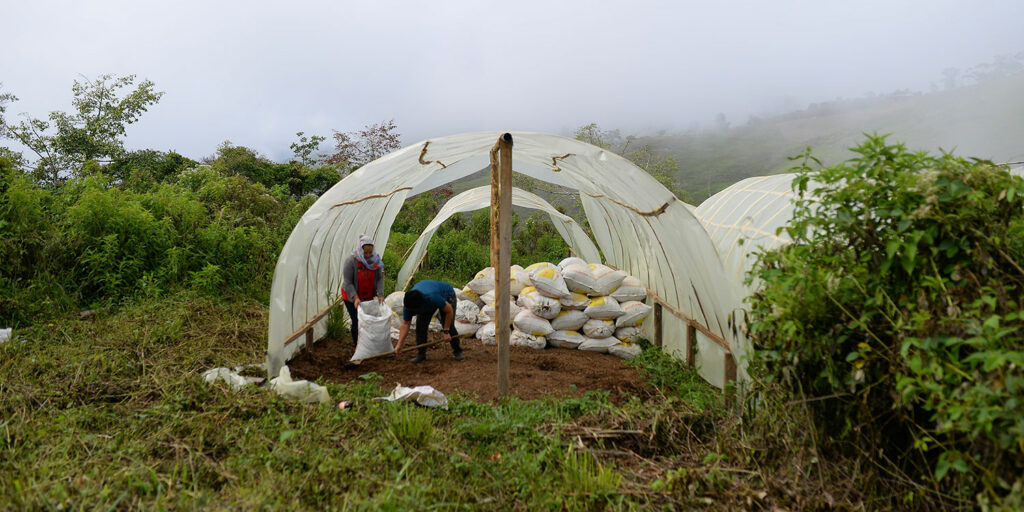
In addition to this, the changes of the team in that Directorate, which, according to the North American institute, “are two factors that have led to a delay not only in the implementation times of the components, but also in the articulation with the social organizations that are directly and indirectly part of the Integral Program”.
For Federico Montes, who was in the former FARC guerrilla for 18 years and left the weapons to reunite with his family and return to legal life, that slowness and bureaucratic red tape are responsible, to a large extent, for the effects of the violence that haunts the reincorporated.
“Unfortunately, we have been the target of threats. Many of them lie in the government’s irresponsibility with each of the components of Point 3 of the Peace Accord, which have to do with guarantees. Unfortunately for the peace process, no forceful measures have been taken,” he reproaches with great disappointment.
He also questions the stigma attached to those who continue on the reincorporation route on account of those who did not disarm or take up arms: “Now anyone who picks up a weapon is said to be a dissident and we are declared traitors of the Peace Accord. They targeted us and this is accompanied by an official speech. They are trying to sell the idea that the FARC has not complied”.
Another factor that fuels the violence suffered by reincorporated combatants is impunity and the lack of information on the progress of judicial investigations, the inaction of the justice system has encouraged the attacks on them and no one is suffering the consequences of these crimes.
In this regard, the Technical Secretariat of the International Verification Component, composed by the Cinep and Cerac, in its most recent report, presented in mid-October of this year, states that in 2020 there was an investigative advance of 40.4 percent of the cases; and that between January 1 and September 17, 2021, 48 alleged perpetrators of attacks against demobilized members of the former FARC were captured.
Regarding this record, the report draws attention to the fact that the lack of knowledge of the advances in investigative matters “represents an enormous limitation to identify the capacities, challenges and obstacles to overcome and, therefore, it is a challenge that persists in terms of institutional capacity to contribute to the purpose of dismantling criminal organizations”.
Other guarantees are lacking
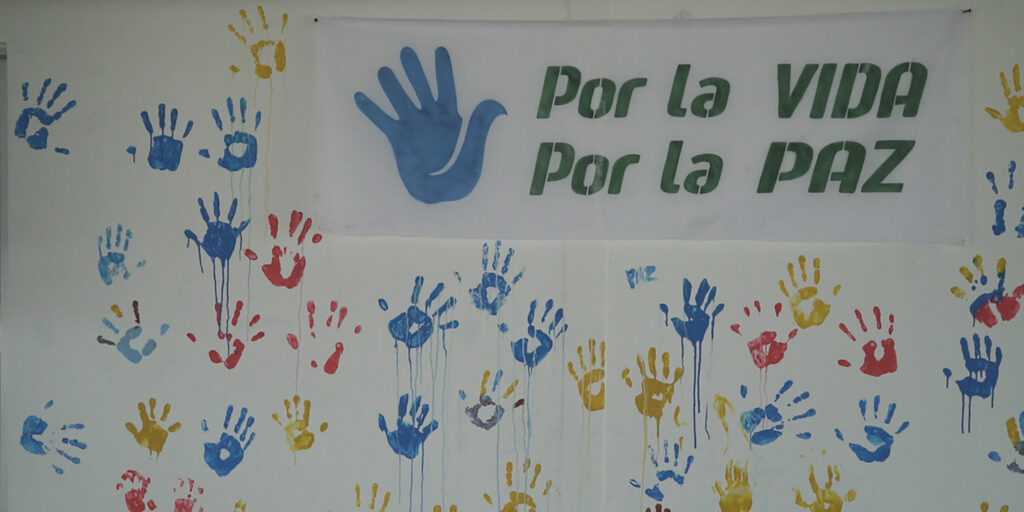
Manuela Marín belonged to the FARC and operated in the Sumapaz páramo. Currently, she is involved in politics with the Comunes party, which was created by the men and women of the former FARC after laying down their arms. She warns about the “cross-cutting risks” that the signatories of the Peace Accord have.
“What we are denouncing are the collective risks, which are the lack of political, economic and cultural transformation”, Marín exposes, and adds: “The government has no concern when saying that the balance is not so negative because in other peace processes there were more deaths, when a single murder should already be a concern and is a defeat for the Colombian State”.
Her words are supported by daily life and the records of the FARC Component of the National Council for Reincorporation, which point to 2019 as the most violent year for the signatories, with 82 murders and an average of six cases per month.
This wave of violence also has repercussions on the political work of the Comunes, who sought the opening of democratic and participatory spaces, to lay down their arms. “We have to take a lot of measures to accompany them in some regions. There are direct and indirect threats that make the exercise difficult. It is not that we cannot reach them as individuals, but we cannot do it as a political project,” says Marín.
Stigmatization also takes its toll. Joverman Sánchez Arroyave, also known as ‘Rubén Cano’ or ‘El Manteco’, who commanded the 58th Front of the former FARC, says that he has not suffered threats or harassment, but he has suffered judicial montages that link him to the Gaitanistas Self- Defense Forces of Colombia, or ‘Clan del Golfo‘, the name by which the authorities call this illegal armed group. (Read more in: “They want to extradite me and attack the peace process”).
“I have been the victim of three judicial set-ups. That tells you: ‘Open your eyes because they are going to kill you or imprison you’. They once said that I had abandoned the process, when I had to leave Gallo (a village where his front surrendered weapons) due to lack of guarantees. They said that I was already with ‘Clan del Golfo’ and with ‘Otoniel’, recalls Sánchez.
And the protection?
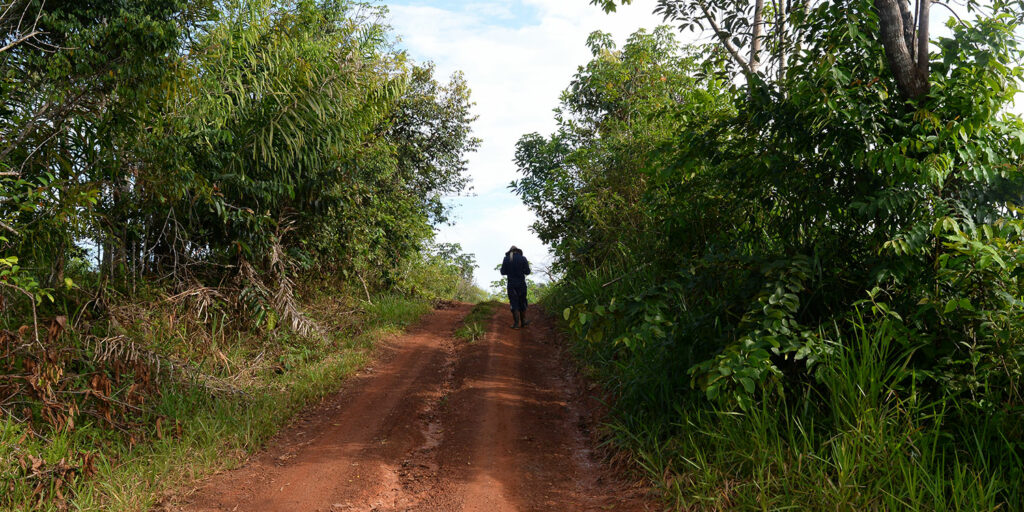
According to the most recent report of the UN Verification Mission, from January 1, 2021 to mid-September of this year, the National Protection Unit (UNP) approved 597 protection requests, including 86 measures for women and 29 collective protection measures.
However, the document reviews that, although 470 of the 686 additional escorts ordered by the Special Jurisdiction for Peace in July 2020 have been “contracted, budget cuts are affecting funds for travel and per diem protection schemes, which negatively impacts the ability of ex-combatants to fully develop their economic, social and political reincorporation activities throughout the country.”
Federico Montes, a former FARC guerrilla who participated in the formulation and development of the reincorporation process, questions the efficiency and management of the UNP’s security schemes. His schemes consist of four bodyguards and two vehicles, one of them armored.
“In the last 40 days I had a mechanical failure that derived from a bad maintenance. After 15 (days) it was returned to us, during that time we could only use the conventional vehicle, but during those days it ran out of fuel and I had to use the bus. One cannot go out with the escorts in public service because of the issue of carrying weapons and I was forced to go out without a security scheme. A week after the armored vehicle arrived, it was damaged again and the other one was taken away for maintenance. I am without cars and I cannot move around with those schemes”.
In the midst of the panorama of violence and the difficulties in protecting FARC reincorporated combatants, Mantilla, of the IFP, urges that this high-risk context be addressed “in an urgent and inter-institutional manner, so that there are security guarantees and this dynamic of selective violence against ex-combatants is stopped”.
However, when comparing the current situation with other processes of laying down arms and reincorporation that have taken place in the country, this analyst recognizes that progress has been made in the area of security. Some examples are the demobilization of the EPL in 1991, in which around 15 percent of the former combatants were killed; in the case of the Socialist Renewal Current, which laid down its weapons in 1994, 18 percent were killed; and with the United Self-Defense Forces of Colombia, whose demobilization process took place between November 2003 and August 2006, the number of deaths reached 11.3 percent.
“This does not mean that what is happening with the FARC is not serious, it is very serious, but put in context, about two percent of FARC ex-combatants have been killed,” Mantilla points out.
The country is in time to take a step back and avoid further bloodshed. It is urgent to take measures to effectively protect the men and women who laid down their arms, believing in the State, to work for national reconciliation and the construction of a better society. Otherwise, as predicted by a statistical projection of the Investigation and Indictment Unit of the JEP, in three years Colombia will not be talking about 290 murdered ex-combatants, but 1,600.



